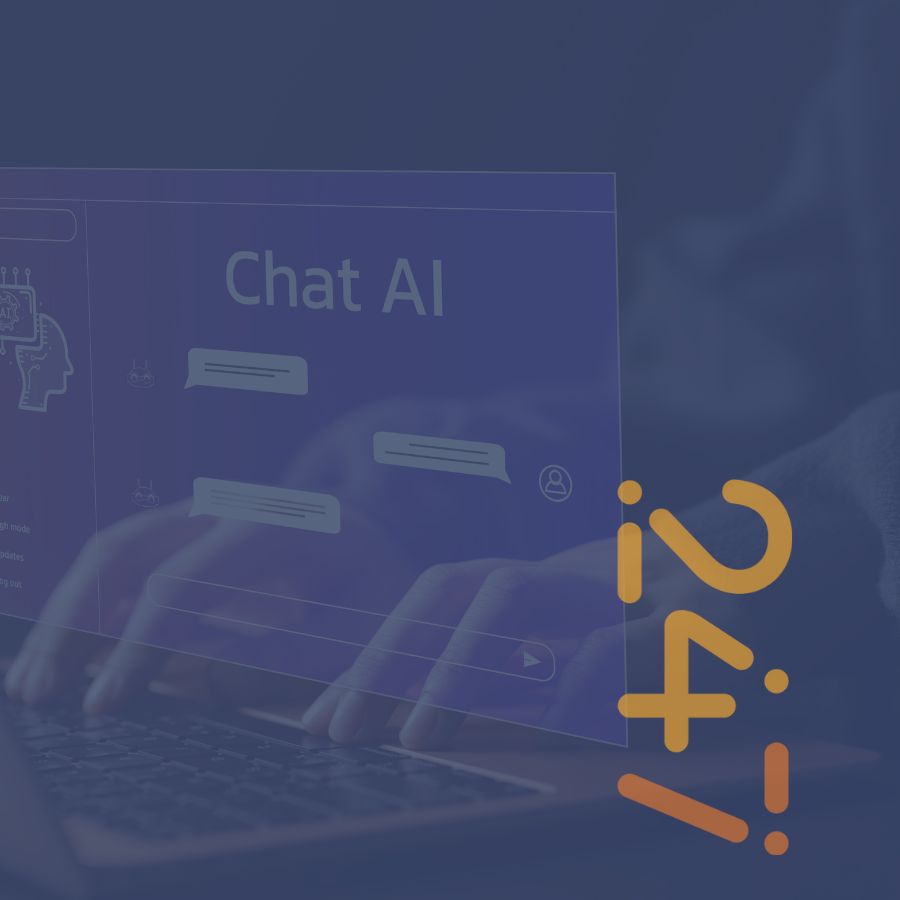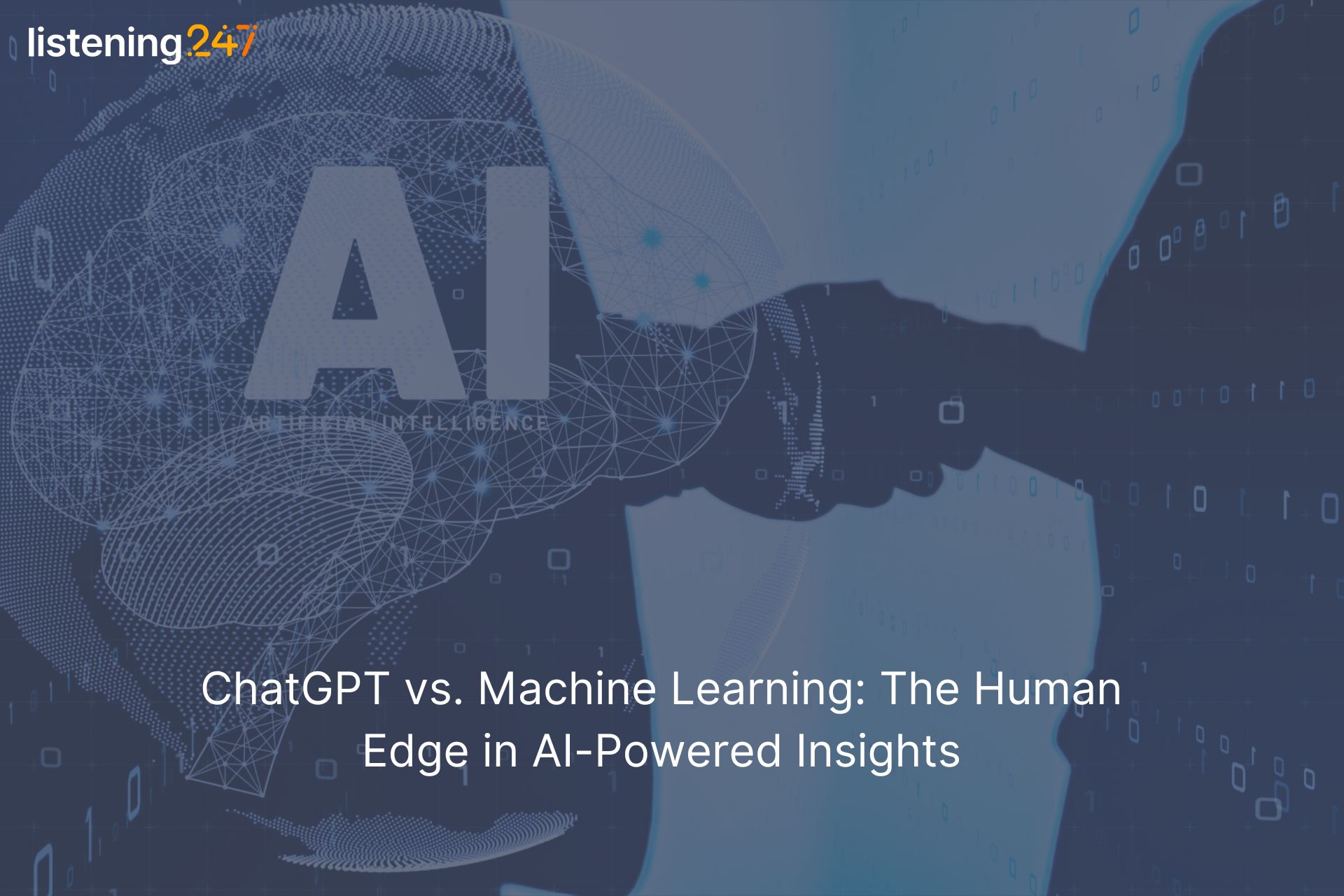
listening247 In the Press
ChatGPT Vs Machine Learning
Michalis A. Michael, CEO of listening247, a leading tech company in AI-driven customer experience, insights, and analytics, understands the concerns surrounding artificial intelligence but emphasizes that not all AI is the same.
As the head of London-based listening247, Michael has extensive experience working with AI. One of listening247’s key services is its social listening platform, a competitive intelligence tool that enables brands and organizations to monitor online discussions about them. As AI gains widespread adoption, Michael recognizes both the vast opportunities it presents and the common misconceptions that accompany it.
Will AI, and specifically ChatGPT, support your services or compete with you?
'We are working with a team of data scientists on a very detailed gap analysis of what we produce ourselves and what ChatGPT can deliver. The question is whether it can also label millions of documents, like we do in seconds. And whether it will have over 80 percent accuracy in every language, like we do. We don't know yet. ChatGPT was mainly created to generate language. And it is generalistic. If our customer is Heineken and the subject is 'beer', we train a model to understand the sentiment for beer in Dutch. That is then 80 to 90 percent accurate.'
Why are you more precise about that?
'Our approach is supervised machine learning. We pay five students to read 5,000 to 20,000 posts about beer in Dutch. They have to have common sense and good judgment. They will interpret sentiments in posts differently, because there is often ambiguity. It all depends on the training data. This is not about algorithms, it is about people.'
Yet more than a third of market researchers in a recent SurveyMonkey study say data analytics and data visualization are being completely taken over by AI
'I don't see that in market research yet. Some research managers use SPSS to process survey results and create tables for powerpoints. When measuring the unsolicited opinions of consumers, you sometimes have to process 10 million posts. If you have the technology to label that and identify the cross-connections, you can use the data for powerpoints or to provide input for dashboards. But you always need people to discover the insights. The machine doesn't do that. At least, not with limited AI. With strong AI, this can indeed become a reality.'
Some customers may already be considering the ChatGPT option, which may provide lower data quality but is fast and cheap, or even free
'It's not free. There is a price tag attached, but it's very vague. Who knows what it means when GPT-4 charges six cents per 1000 prompt tokens ? What is a token? It can be a word, a document, a message... You'll probably pay less for lower accuracy. There
We have been dealing with as an industry for about ten years. But those thousands of social media monitoring tools are not market researchers. There are PR people behind them, they are not there to question data quality. That alone creates a difference in accuracy. If ChatGPT delivers 60 or 70 percent accuracy, I am not worried. But if it delivers 80 to 85 percent accuracy in every language. Then we have to create something different or better very quickly.'
Conclusion
As AI, particularly ChatGPT, advances, its impact on services like those offered by listening247 is still uncertain. While ChatGPT excels at generating language, it remains to be seen whether it can match the precision of listening247's specialized models, which achieve over 80% accuracy in sentiment analysis across various languages. listening247's approach relies on supervised machine learning, combining human judgment with advanced algorithms to interpret complex data. While AI may streamline certain tasks, the nuanced insights derived from human interpretation remain crucial, at least until stronger AI becomes a reality.
Origal Source: Daily Data Bytes & Data Insights Network
